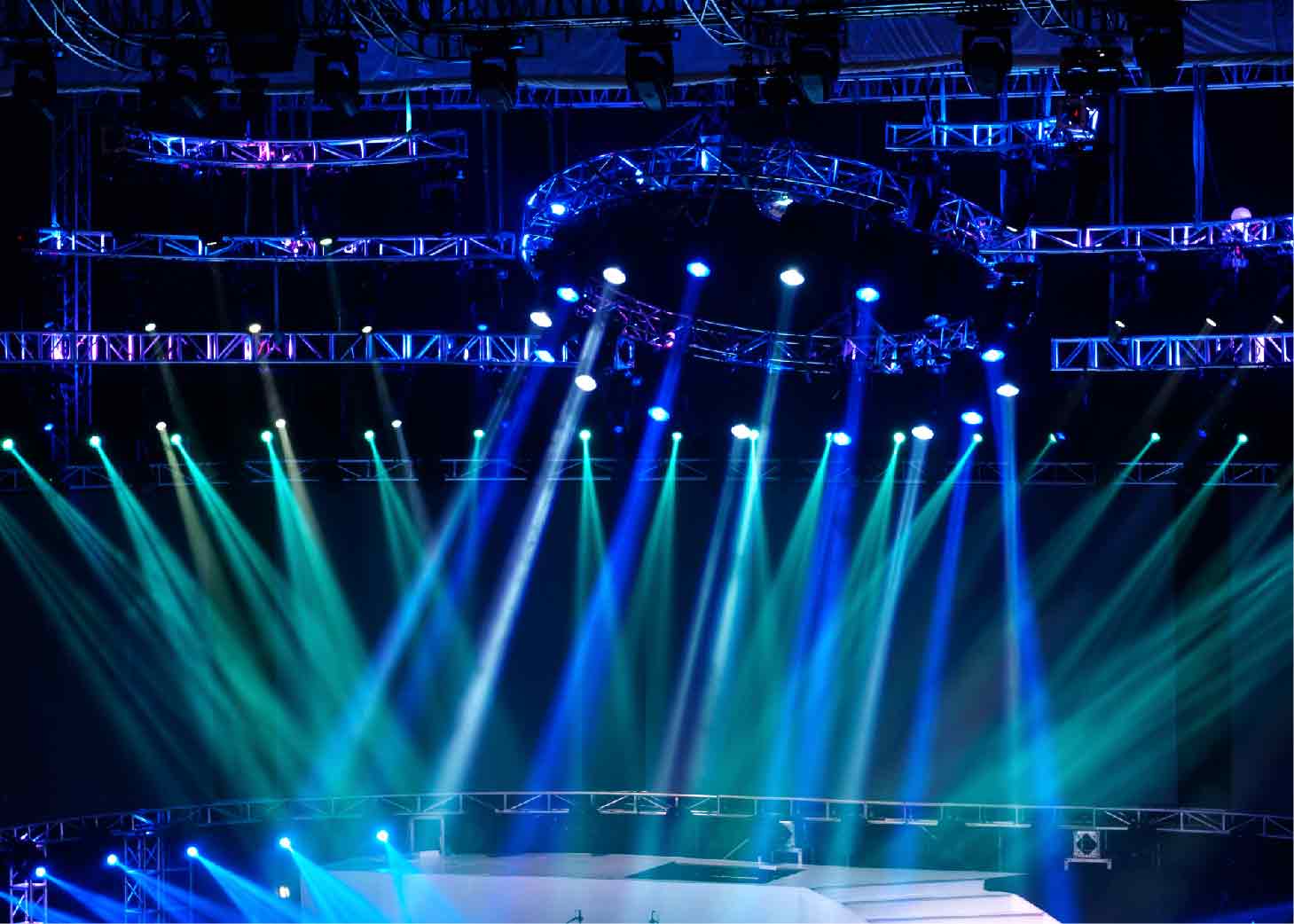2021 Trends: Seeing Yourself in Digital Signage
We all learned a lot about authentic connections over video in 2020, and we picked up new behaviors and acceptance of cloud-based software options and the occasional peripheral app or piece of hardware. We learned a lot about what’s missing, too.
So as we look ahead to the next year and wonder how brands and retailers will communicate with us, we’re going to hold them to a high standard: how human are your virtual experiences? Video content and apps are more than just placeholders and distractions, they need to connect, immerse and understand us.

That sounds a little bit like the way that Nicole Richardson, a digital signage application project manager, understands how to make glowing signs feel more human. Her background in graphic design combines with a depth of understanding about how the digital signage medium needs to be employed both technically and tactically to create sway. Day by day, she provides a vital liaison consulting role, translating between marketing teams, motion graphics humans and hardware experts to deliver a message in the right shape, scale and duration.
“I help guide them down the direction in which they're going,” she says, noting that far too often still, the content question only arises after the hardware has been installed. “Then they’re trying to figure out who runs it or and how they're going to get return on investment. Just asking the right questions can help save people a ton of money and allow them to reach their objectives and be pleased with the end result, versus just having a whole bunch of signage around collecting dust that means nothing in the end.”
Richardson developed her aesthetic of compelling content in front of the toughest audience of all, trying and succeeding in captivating crowds on the busy Las Vegas strip. Those streams of people help provide a good visual for the first big point Richardson emphasizes as brands continue to expand into digital signage: always consider the tempo and surroundings of your audience.

“From the audiovisual side, to understand the environment in which the video will be placed in leads a whole different art direction as to how they create the information that they want to distribute for their client,” Richardson says. “Whether it be an operations person or a marketing and advertising person, if they have the background and understanding of why the person wants to create this video and the environment and the timeframe that they have to present that information. it makes a huge difference.”
That’s where the hardware angle comes in. Even something like a vertical display goes a long way to attract attention in a busy area. Put a full-scale image of a celebrity on there, and people will pose for selfies. “Little tricks like that, knowing your audience and keeping it interactive and simple — interactive doesn't necessarily have to mean they have to touch it. It's more about how to get the person involved.”
Richardson and others are noting an uptick in demand for digital signage as the pandemic wears on and new ideas for creating connection will be needed for the changed world ahead. New interest is growing, and it will be up to digital signage installers to help “educate more clients on the basics so that they can make more informed decisions for the future and extend the life cycle of their digital signage.”
And that life cycle will live on and on, because, as Manolo Almagro, Managing Partner of QDivision notes, “We are now more accepting of using digital as our primary way of connecting with anything.” But, he hastens to add, “it doesn't mean physical is going to go away. Digital signage is part of the canvas that you use to create the experience.”
We’re past the point of needing to sell clients on the technology, “people just know they need it,” Almagro says. So now it’s about how you apply it.

Which leads to the technology wish list of what will be built next. First, figure out how you’re making the content, and then think about the many screens it might be delivered on, including in the home. Citing Peloton and Mirror as examples, Almagro suggests, “Every brand in my mind should be thinking about a broadcast center in their headquarters or in their retail space that allows them to talk to their customers through this type of experience.”
The rise of virtual medical visits and remote collaboration in the workplace will also boost the need for more content and more digital displays. Oh, and then there’s the boom in drive-throughs. Not just for restaurants anymore, drive-throughs can have multiple outdoor displays that deliver content all the way through the line, not just on a menu board. Also, big-box retailers might want to add digital displays outside their locations, so they can easily make real-time updates on what is in and out of stock.
“One of the guiding principles of what happened during Covid-19 is you have to be fast and nimble, and digital is a great way to do that,” Almagro says.
So, what about the gear. Well, look for a lot more creative applications of large-scale, seamless walls of MicroLED. And then expect those displays to be outfitted with sensors that will trigger content and deliver data on the back end. And not just any data, but valuable “first-party data” that brands are craving now as seek access to information about the customer and operational efficiencies inside of a physical space.

Less physical will be the advent of synthetic media, which will help to bridge the virtual divide as people return to public spaces. Instead of populating a location with extra personnel, there might be more videos of people talking and sharing information. And maybe they’re a “deep fake” personality that can generate real-time information in a convincing way.

And while we’re on the subject of deep fakes, Almagro predicts that soon we’ll see our own selves in more content: “In the next 12 months, it’s highly likely some agency is going to figure out how to put somebody’s face into an ad while they're looking at it. Whether it's a car or a vacation ad, where they’re suddenly on the beach, suddenly they’re experiencing how great it could be.”






